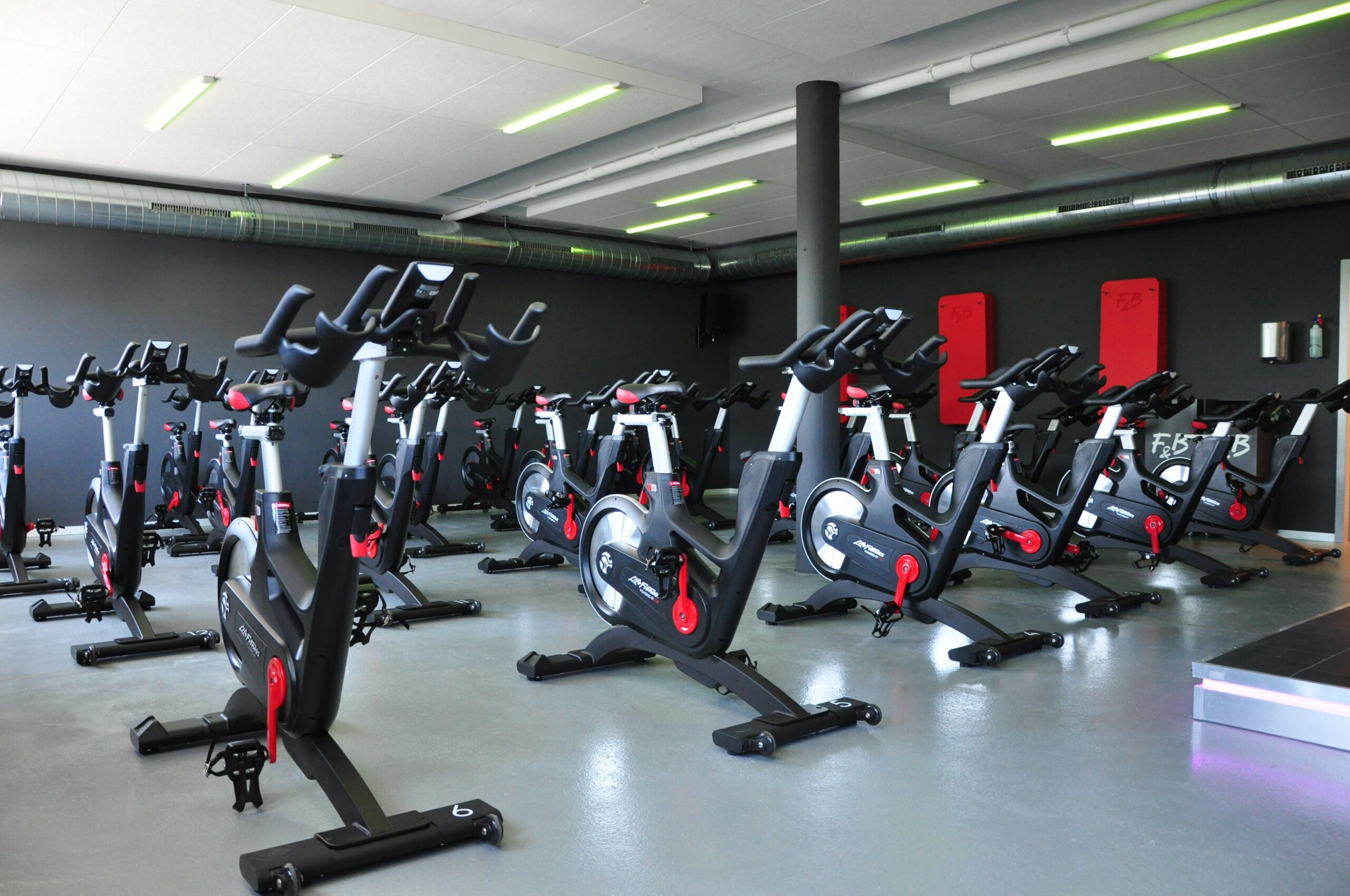Like any form of exercise, exercising on an exercise bike has its benefits and drawbacks. Your particular goals, preferences, and circumstances will determine whether an exercise bike is a suitable tool for your fitness regimen. The benefits and drawbacks of exercising on an exercise bike are as follows:
Pros:
- Exercise bikes offer a good cardiovascular workout for maintaining cardiovascular health. It can enhance the health of your heart and lungs, boost stamina, and reduce the risk of heart disease.
- Exercise bikes are a great option for people with joint problems, arthritis, or injuries because they have a low impact on your joints. Compared to activities like running, it lowers the risk of impact-related injuries.
- Convenience: Since exercise bikes can be used at home or in a gym, they are ideal for people with hectic schedules or for those who prefer to exercise in the privacy of their own home.
- Adjustable Resistance: The majority of exercise bikes have resistance levels that you can change to fit your fitness level. It can be used by athletes of all levels due to its adaptability.
- Monitoring Progress: Many contemporary exercise bikes have built-in displays or can be connected to fitness applications, allowing you to keep track of your development, keep an eye on your heart rate, and set and meet fitness objectives.
- Calorie Burn: Cycling is a good weight loss or weight management tool because it can help you burn calories.
Cons:
- Limited Muscle Engagement: Although exercise bikes offer a great cardiovascular workout, they primarily work the lower body muscles (quads, hamstrings, and calves) and do not as well as other exercises like rowing or elliptical training for the upper body or core.
- Repetitive Motion: Cycling on an exercise bike can be monotonous or boring for some people, especially if done for an extended period of time.
- Less Functional Fitness: Compared to exercises like weightlifting or functional training, which imitate real-life movements, exercise bikes may not contribute as much to functional fitness.
- Cost: Not everyone has access to a gym or the room to store an exercise bike at home. Additionally, high-quality exercise bikes can be pricey.
- Lack of Outdoor Experience: If you enjoy being outside and the sensory stimulation that comes with cycling in the great outdoors, an exercise bike might not be as enjoyable for you.
- Risk of Overuse Injury: If you do not vary your workouts or keep up with proper form, you run the risk of overuse injuries, just like with any repetitive exercise.
In conclusion, using an exercise bike to burn calories, strengthen your cardiovascular system, and lower your risk of joint injuries can all be accomplished with success. For some people, it might not offer a full-body workout or the same level of excitement as cycling outside. If you want to know if an exercise bike is right for you or if it should be a part of a larger fitness regimen, it is important to think about your fitness goals and personal preferences.
The photo is from unsplash.com



